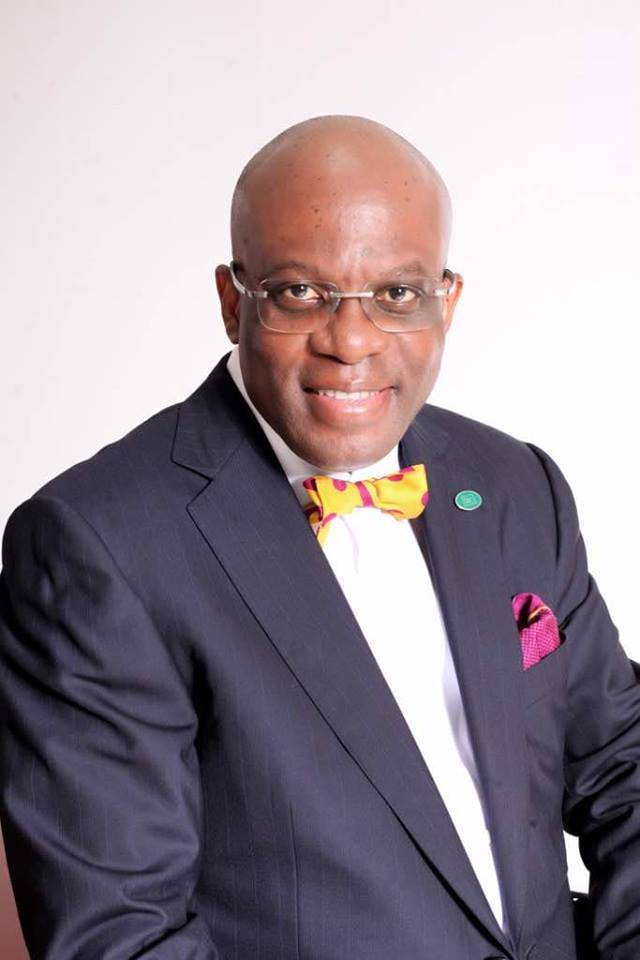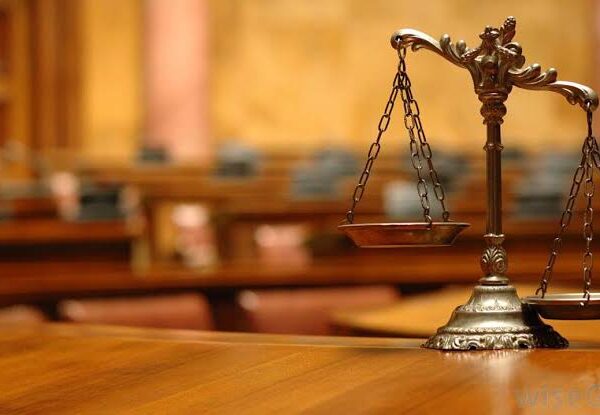04 January 2019
CALCULATION OF POST-CALL YEARS AND PAYMENT OF PRACTICE FEES
There has been a raging storm in the past couple of weeks and up to date amongst
lawyers on the calculation of post-call years as it relates to the payment of practice
fees. So that the raging arguments would come alive in our minds, we would,
illustratively talk about the New Wigs that were called to the Nigerian Bar late in
November 2018 and, who, as part of their qualifying processes, had to pay their
Practice Fees. The question then arises, how would their post-call years be calculated
for the purposes of determining the practice fees that they need to pay this year?
That question has incidentally been placed before the Federal High Court for
determination in Suit No. FHC/ABJ/CS/925/2018: Olumide Babalola v The Chief
Registrar, Supreme Court of Nigeria and the Court is yet to make a determination
thereon. However, the extant position, as deposed to in a Counter Affidavit that was
filed on the Defendant’s behalf in the afore-numbered Suit on 22 November 2018 is as
follows:
4(c) “That upon call to bar, enrolment in the Supreme Court of Nigeria and the
subsequent payment of the first annual practicing fees, a legal practitioner
becomes one year old at the bar.
4(d) “That upon the payment of the second practicing fee at the first anniversary
of the person’s Call to the Bar, the legal practitioner becomes two years at the
Bar and the counting and reckoning continues in that order.”
In effect, the New Wigs that were called to the Bar in November 2018 – again, using
them merely illustratively – will, as at January 2019 be deemed, pursuant to the
extant practice, to be two years old at the Bar and will have to pay the Practice Fee
that corresponds with their 2-year Post-Call standing. Is it likely that the Federal
High Court will uphold that extant position? The answer to that question lies within
the Judge’s bosom and is not known to us. However, in order not to be prejudiced
howsoever, seeing as the payment of Practice Fees, determines, amongst others, your
right of audience before the courts, we would advise lawyers to adhere to the extant
calculation method as set out in the Supreme Court Chief Registrar’s afore-reproduced
Counter Affidavit pending the hearing and determination of this Suit.
What would happen in the hypothetical event that the Judge before whom this Suit is
heard disagrees with the extant calculation method? What, in particular, would
happen to the hypothetical excess fees that would have been paid by lawyers based on
the extant calculation method? The answer to that question goes into the realms of
speculation and we would rather not indulge in that exercise save to state that not
only would we cross that bridge if we get there but would also ensure justice for all
affected lawyers. For the moment, we believe that the prejudice that lawyers will
suffer if, prior to the determination of this Suit, they underpay their Practice Fees
based on calculations that deviate from the extant post-call years calculation method
as set out in the Chief Registrar’s Counter Affidavit,far outweighs the speculative
prospective benefits from any such underpayment.
Paul Usoro, SAN
President




This is the right blog for anyone who would like to find out about this topic. You understand so much its almost hard to argue with you (not that I actually would want toHaHa). You definitely put a new spin on a topic that has been written about for decades. Excellent stuff, just excellent!